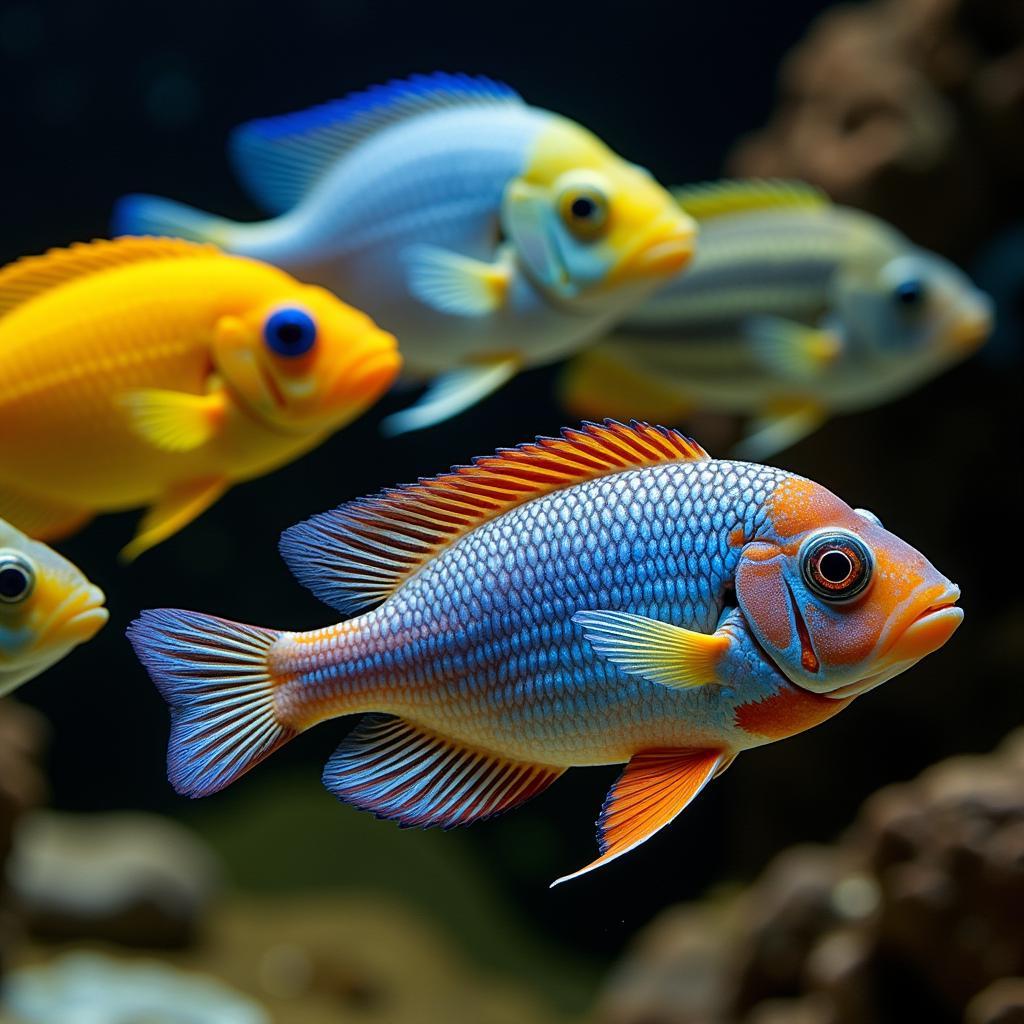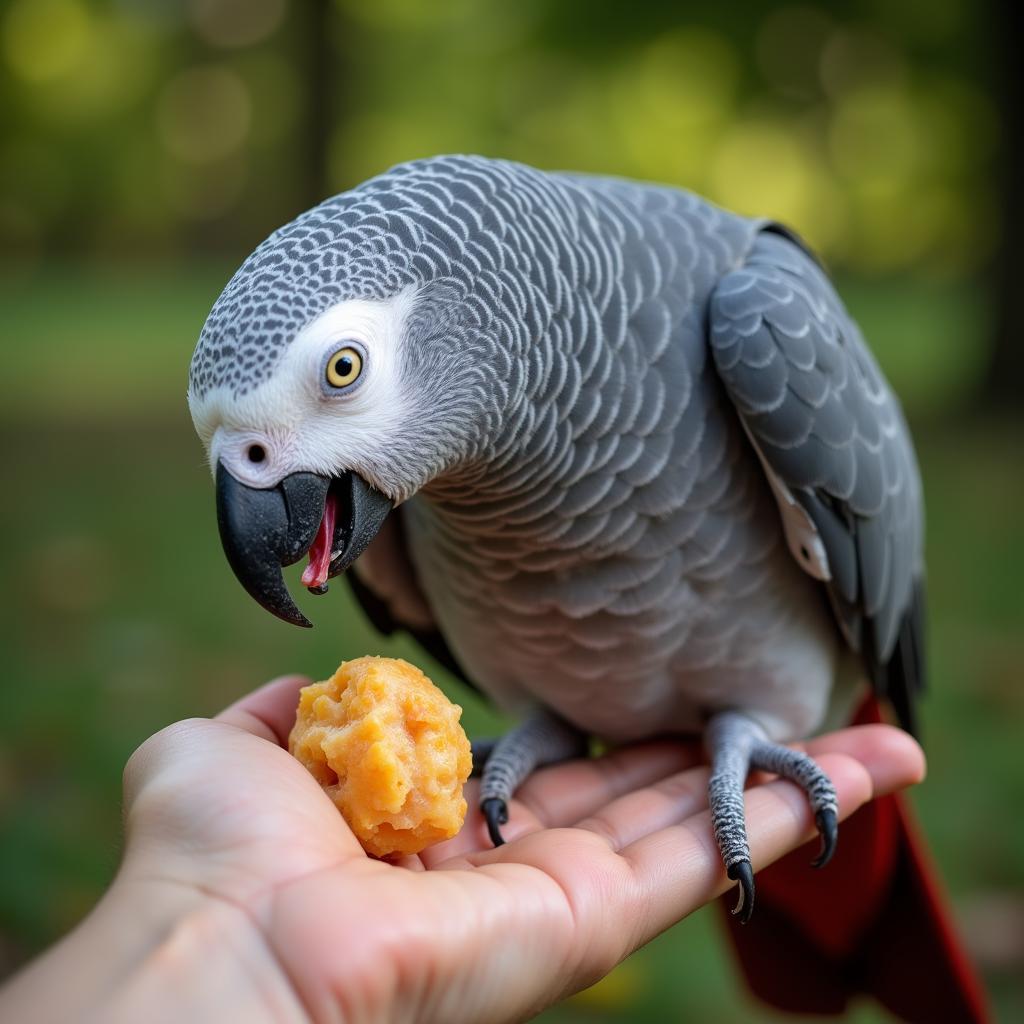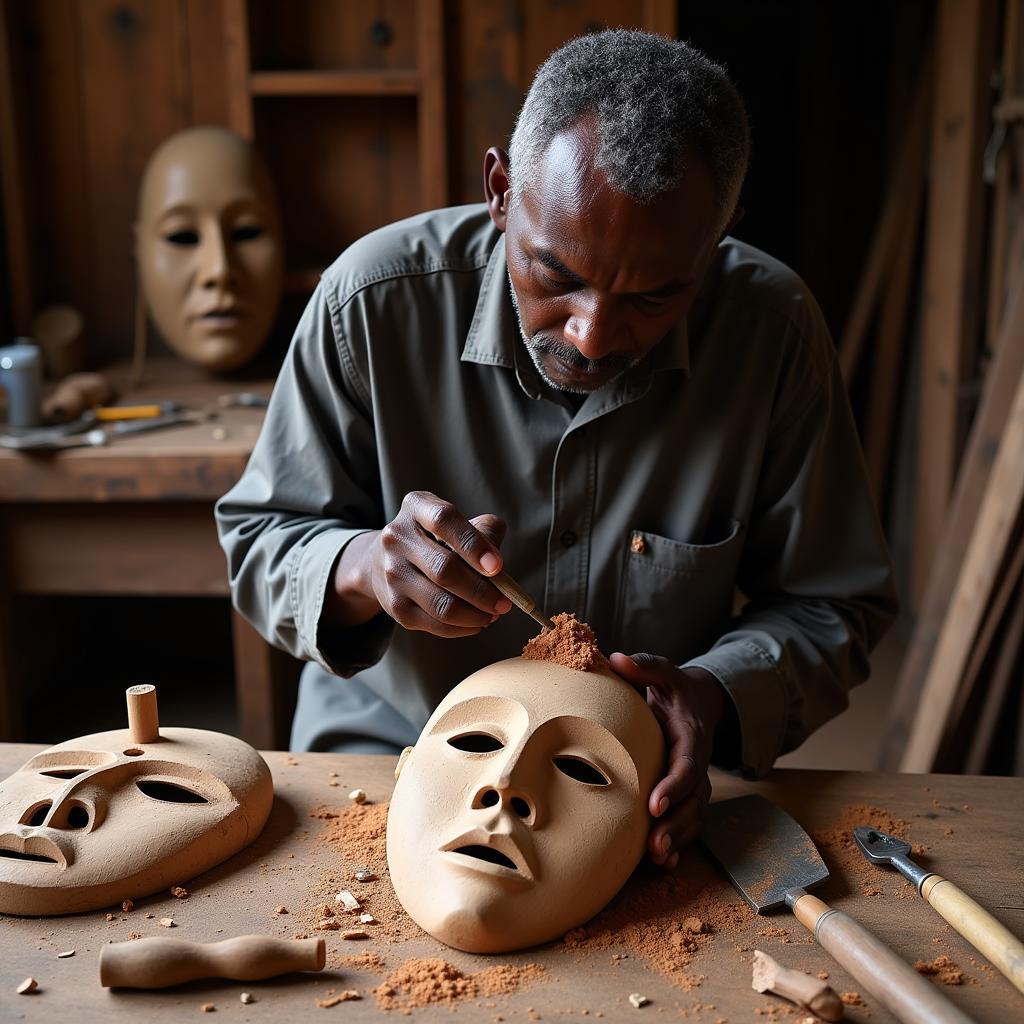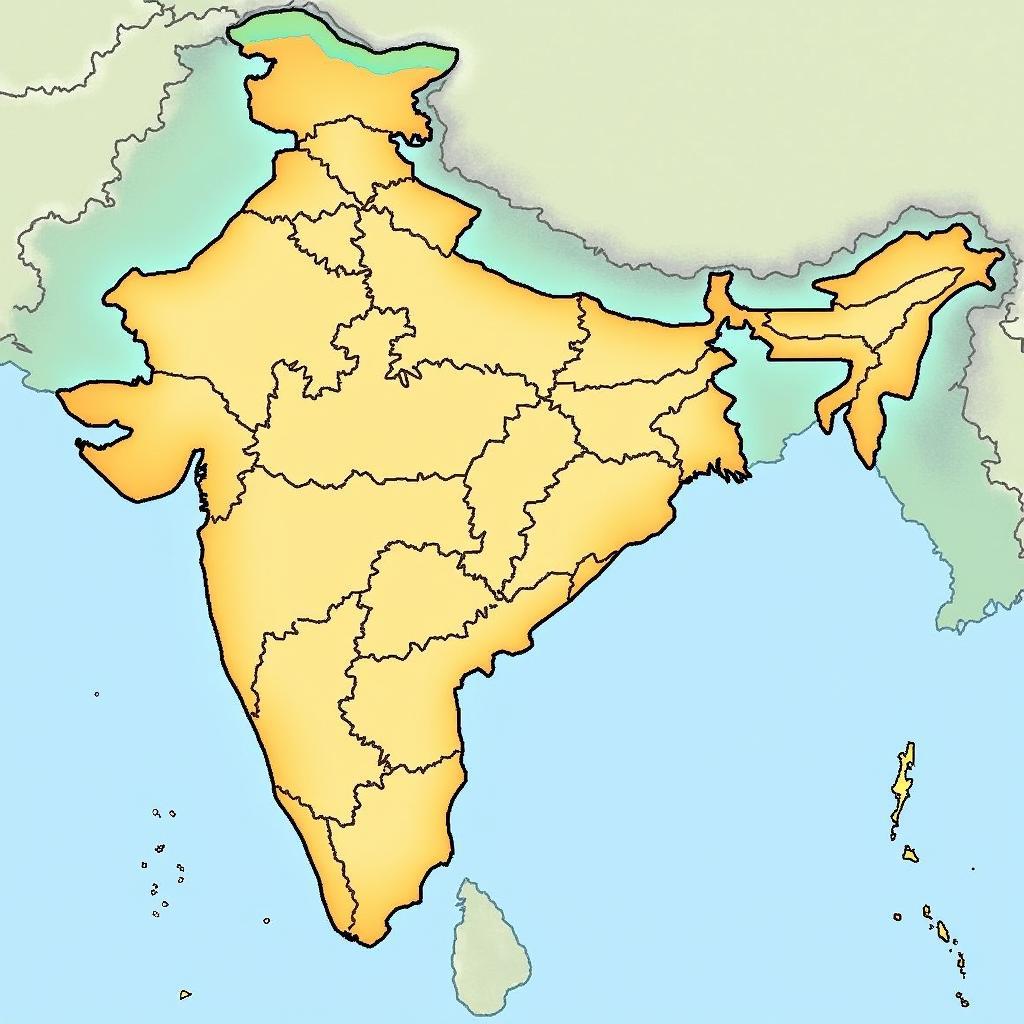The African Butterfly Cichlid: A Dazzling Gem for Your Aquarium
The African Butterfly Cichlid, a freshwater fish hailing from Lake Tanganyika in East Africa, is a popular choice for aquarists worldwide. Known for their vibrant colors, engaging personalities, and relatively peaceful nature, these cichlids add a captivating splash of life to any freshwater aquarium.
A Kaleidoscope of Colors: Exploring the Appearance of African Butterfly Cichlids
 African Butterfly Cichlid Color Variations
African Butterfly Cichlid Color Variations
African butterfly cichlids are renowned for their striking beauty. They exhibit a wide range of colors, including vibrant yellows, oranges, blues, and reds. Many species boast intricate patterns of stripes, spots, and blotches, adding to their visual appeal. Their elongated bodies and flowing fins further enhance their graceful appearance as they glide through the water.
Creating a Comfortable Habitat: African Butterfly Cichlid Tank Requirements
To ensure the health and well-being of your African butterfly cichlids, it’s crucial to replicate their natural environment as closely as possible. Here are the key factors to consider when setting up their tank:
- Tank Size: Aim for a tank size of at least 20 gallons for a small group. Larger tanks are always recommended, especially if you plan on keeping multiple cichlids or other compatible species.
- Water Parameters: Maintain a water temperature between 78-82°F (25-28°C), a pH of 7.5-8.5, and moderate hardness. Regular water changes are crucial to maintain water quality.
- Substrate and Decor: Opt for a sandy substrate that mimics the bottom of Lake Tanganyika. Provide ample hiding spots using rocks, caves, and driftwood to create a sense of security and mimic their natural habitat.
- Plants: While not essential, hardy plants like Java fern and Anubias can add visual appeal and provide additional cover for your cichlids. Choose plants that can tolerate the slightly alkaline water conditions.
A Delectable Diet: What Do African Butterfly Cichlids Eat?
In their natural habitat, African butterfly cichlids primarily feed on small insects, crustaceans, and insect larvae. To replicate their diet in captivity, provide a varied menu that includes:
- High-quality flake or pellet food formulated for cichlids
- Live or frozen foods such as brine shrimp, bloodworms, and daphnia
- Occasional treats like chopped vegetables (peas, zucchini)
Avoid overfeeding, as it can lead to water quality issues. Feed your cichlids small amounts twice a day, ensuring they consume all the food within a few minutes.
Social Dynamics: Choosing Tank Mates for Your African Butterfly Cichlids
African butterfly cichlids are generally peaceful but can display territorial behavior, especially during breeding. To create a harmonious community tank, consider these factors:
- Tank Size: A larger tank provides more space for territories and reduces aggression.
- Temperament: Choose tank mates with similar temperaments, avoiding overly aggressive or timid species.
- Size: Select tank mates of a comparable size to your cichlids to prevent bullying or predation.
Some compatible tank mates include other peaceful cichlid species from Lake Tanganyika, certain species of rainbowfish, and some catfish species.
Breeding Behaviors: Witnessing the Circle of Life
African butterfly cichlids are maternal mouthbrooders, meaning the female incubates the eggs and fry in her mouth. To encourage breeding, provide a suitable environment with:
- Ample hiding spots: Caves, rocks, or even overturned flowerpots can serve as spawning sites.
- Stable water parameters: Maintain optimal water conditions to promote breeding behavior.
Once the female has laid her eggs, she will hold them in her mouth for several weeks until they hatch and are ready to be released. During this time, the male may help protect the female and the fry.
Common Health Concerns: Keeping Your Cichlids in Top Shape
Like all fish, African butterfly cichlids are susceptible to certain diseases and parasites. Here are some common health concerns to watch out for:
- Ich: A parasitic infection characterized by white spots on the body and fins.
- Fin Rot: A bacterial infection that causes the fins to become frayed and discolored.
- Bloat: A potentially fatal condition that causes the fish to swell up.
By maintaining excellent water quality, providing a balanced diet, and observing your fish regularly for signs of illness, you can help prevent and treat these common health problems.
For more insights into specific care aspects, explore these resources:
- Learn about African butterfly cichlid weight loss and how to address it.
- Discover compatible African butterfly fish tank mates for a thriving community.
- Explore a comprehensive African fish species list for more captivating additions to your aquarium.
- Gain valuable tips on setting up an African fish tank that replicates their natural environment.
- Understand the dynamics of keeping African brown knife fish with cichlids and ensure compatibility.
A Rewarding Aquatic Companion: Embracing the Beauty of African Butterfly Cichlids
With their captivating appearance, engaging personalities, and relatively peaceful nature, African butterfly cichlids make captivating and rewarding additions to any freshwater aquarium. By understanding their specific needs and providing a well-maintained environment, you can enjoy the beauty and wonder of these dazzling aquatic gems for years to come.
FAQs: Answering Your Questions about African Butterfly Cichlids
1. How long do African butterfly cichlids live?
With proper care, African butterfly cichlids can live for 5-7 years in captivity.
2. Are African butterfly cichlids aggressive?
African butterfly cichlids are generally considered peaceful but can display territorial behavior, especially during breeding.
3. Can I keep African butterfly cichlids with other fish?
Yes, you can keep African butterfly cichlids with other peaceful fish species that have similar water parameter requirements and temperaments.
4. How can I tell if my African butterfly cichlid is male or female?
Males are typically larger and more vibrantly colored than females. During breeding, females will also develop a darker spot on their anal fin.
5. What should I do if my African butterfly cichlid is sick?
If you notice any signs of illness in your cichlid, it’s essential to consult a veterinarian specializing in fish health.
6. Can I breed African butterfly cichlids in my aquarium?
Yes, African butterfly cichlids can be bred in home aquariums. Provide a suitable environment with ample hiding spots, stable water parameters, and a nutritious diet.
7. Where can I find more information about African butterfly cichlids?
For more comprehensive information and expert advice on African butterfly cichlids, contact us at +255768904061, email [email protected], or visit us at Mbarali DC Mawindi, Kangaga, Tanzania. Our dedicated customer service team is available 24/7 to assist you.



